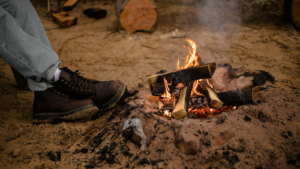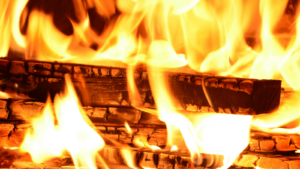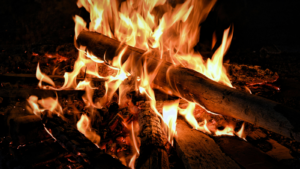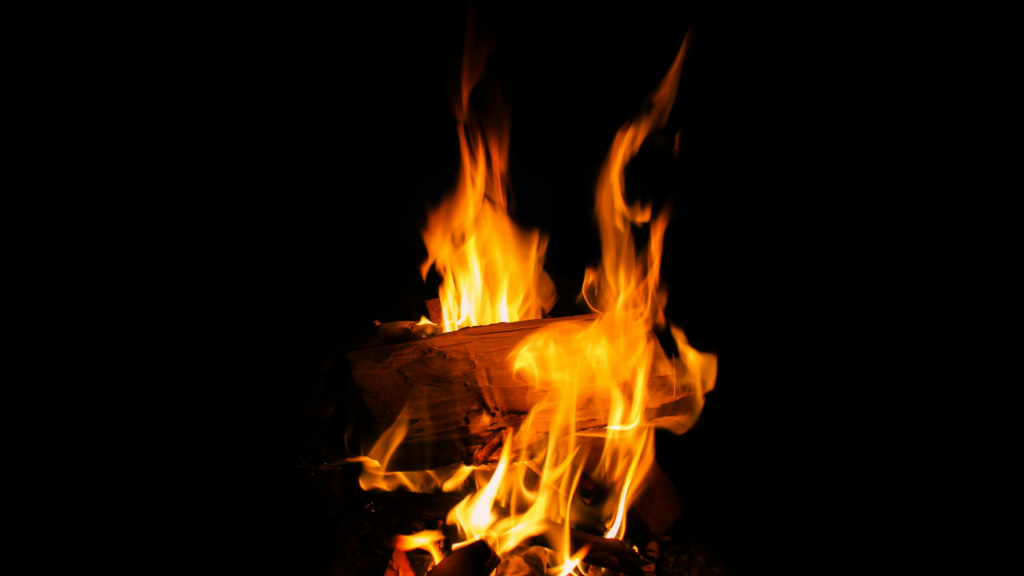
Discover the rustic charm and artistic satisfaction of wood burning designs for beginners. This age-old craft, also known as pyrography, is making a modern comeback, captivating beginners and seasoned artisans alike.
Let’s ignite your passion for pyrography and start your journey into the mesmerizing world of wood burning designs for beginners.
Wood Burning Designs for Beginners
Expanding on the craft of wood burning, or pyrography, it’s essential to appreciate the blend of creativity, patience, and technical skill it requires. This art form goes beyond simply burning designs into wood. It’s about understanding the nuanced behavior of different wood types, mastering the use of specialized tools, and developing an eye for design. Notably, the objective is not just to create an aesthetic piece, but also to bring out a narrative through each stroke.
The Basics of Wood Burning
The charm of wood burning lies in its simplicity—lines, shading, and textures come together to create stunning, detailed designs. The first step involves sketching a design onto a piece of wood before a specialized tool applies controlled heat to burn the design. A subtle variation in temperature can lead to different shades of brown, enhancing the visual depth of the overall design.
Essential Tools for Beginners
During the initial stages of wood burning, beginners often grapple with choosing the right tools. A few basics, however, can tide one over this dilemma. A pyrography pen serves as the main piece of equipment, whose variable temperature settings allow for control over line depth and shading nuances. Next comes softwood sheets, such as basswood or pine, offering a smooth surface to work upon. Carbon transfer paper facilitates easy design transference on to the wood.
First Steps in Wood Burning

To commence with wood burning, one requires an understanding of key steps. These involve transferring designs onto wood and practicing techniques on scrap pieces.
Transferring Your Design to the Wood
Artists use carbon paper to transfer their intended design onto wood. Simply, they place a sheet of carbon paper beneath the design sketch, and apply pressure to the design lines with a pencil. This action impresses the design onto the wood surface below. Detailed designs, like nature scenes with birds or trees, gain clarity through this process.
Practice Techniques on Scrap Pieces
Scrap pieces of wood provide an excellent platform for practicing wood burning techniques before moving onto final pieces. Via practicing on these discards, beginners polish their skills in creating lines, shading, and textures, and managing temperature variations for depth.
Simple Wood Burning Designs to Start With

Taking the first steps into the world of pyrography entails beginning with simple wood burning designs for beginners. These are paramount for carving a steadfast foundation in this art form. This section provides an insight into simple techniques that aid beginners in grasping the basics of creating designs through effective lines, shapes, and textures.
Basic Shapes and Lines
Artistry in pyrography begins with the mastery of basic shapes and lines. This encompasses straight lines, curves, circles, and squares. Developing precision with these shapes provides the groundwork for all future intricacies. An example to note is that numerous straight lines, close together, can emulate the texture of fur.
Creating Textures and Shading

Once the novice navigates through fundamental shapes and lines, the next step is creating textures and shading. This technique entails adjusting the temperature of the pyrography pen, enabling variations in depth, resulting in a textured effect. Beginners can experiment with varying degrees of pressure and time holding the pen against the wood, to discover diverse shades and intensities.
Must Know
So, you’ve taken the first steps into the world of wood burning designs for beginners. It’s a journey that combines creativity, technical skill, and a keen eye for detail. From understanding the nature of wood to mastering the tools, you’ve learned the basics. You’ve also discovered how to create intricate designs that tell a story, all while ensuring safety.
Embrace this new hobby with patience and passion, and remember that every masterpiece begins with a single burn.
